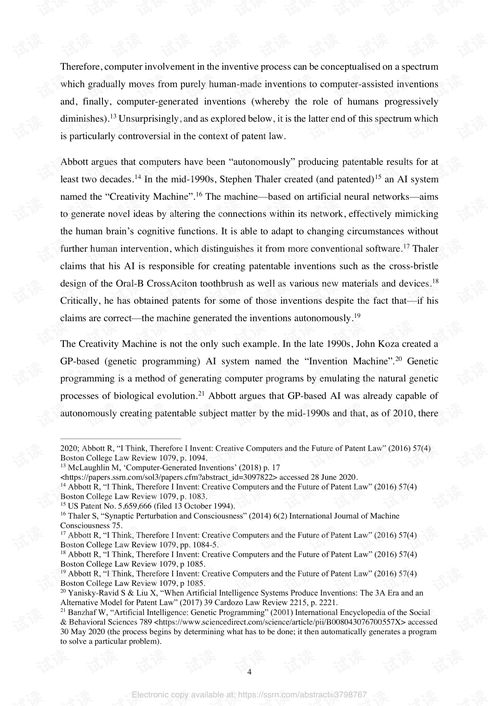1. The Light Bulb: Edison’s Perseverance
Theme: Failure as a stepping stone to success

Key Points:
Thomas Edison’s 1,000+ failed experiments before creating the first practical light bulb.
His famous quote: "I have not failed. I’ve just found 10,000 ways that won’t work."
How the invention revolutionized daily life and industry.
Writing Tip: Highlight the importance of persistence and optimi*.
2. The Wright Brothers: Soaring Against Doubt
Theme: Defying skeptici* to achieve the impossible
Key Points:
Orville and Wilbur Wright’s bicycle shop experiments in the early 1900s.
Their first successful flight at Kitty Hawk in 1903, lasting only 12 seconds.
The birth of modern aviation and its impact on global connectivity.
Writing Tip: Use vivid descriptions of their early struggles and eventual triumph.
3. Penicillin: A Lucky Accident
Theme: Serendipity in science
Key Points:
Alexander Fleming’s discovery of mold (Penicillium) killing bacteria in 1928.
How the accidental finding led to the first antibiotic, saving millions of lives.
The lesson: Stay observant and open to unexpected opportunities.
Writing Tip: Contrast the "accident" with Fleming’s scientific curiosity.
4. The Printing Press: Spreading Knowledge Worldwide
Theme: Democratizing information
Key Points:
Johannes Gutenberg’s invention in the 15th century.
How printed books ended the monopoly of handwritten texts, fueling the Renaissance.
Parallels to the internet as a modern "knowledge revolution."
Writing Tip: Compare historical and modern tools for sharing ideas.
5. The Smartphone: From Brick to Pocket Supercomputer
Theme: Technology’s exponential growth
Key Points:
Martin Cooper’s first mobile phone call in 1973 (a 2-pound "brick").
Steve Jobs’ 2007 iPhone launch, merging phone, camera, and internet.
How *artphones reshaped communication, work, and entertainment.
Writing Tip: Discuss both benefits (connectivity) and challenges (addiction).
6. Ancient Chinese Inventions: The Four Great Contributions
Theme: Global innovation heritage
Key Points:
Papermaking, printing, gunpowder, and the compass.
How these inventions spread via the Silk Road, shaping world history.
The message: Innovation is a collective human effort across cultures.
Writing Tip: Use quotes from historians like Joseph Needham.
Sample Essay Structure
Introduction:
Hook: "What do a flickering light bulb and a *artphone have in common? Both are testaments to humanity’s unstoppable creativity."
Thesis: Human inventions, born from curiosity and resilience, redefine how we live.
Body Paragraphs:
1. Example 1 (e.g., the light bulb) + lesson (perseverance).
2. Example 2 (e.g., penicillin) + lesson (serendipity).
3. Example 3 (e.g., the printing press) + lesson (sharing knowledge).
Conclusion:
Restate the power of invention to solve problems and connect generations.
Call to action: "What will YOU create to shape tomorrow?"
通过结合科学、历史和人文视角,这类作文既能展示发明故事,也能传递普世价值观(如坚持、合作)。如需完整范文或更多例子,请随时告知!


